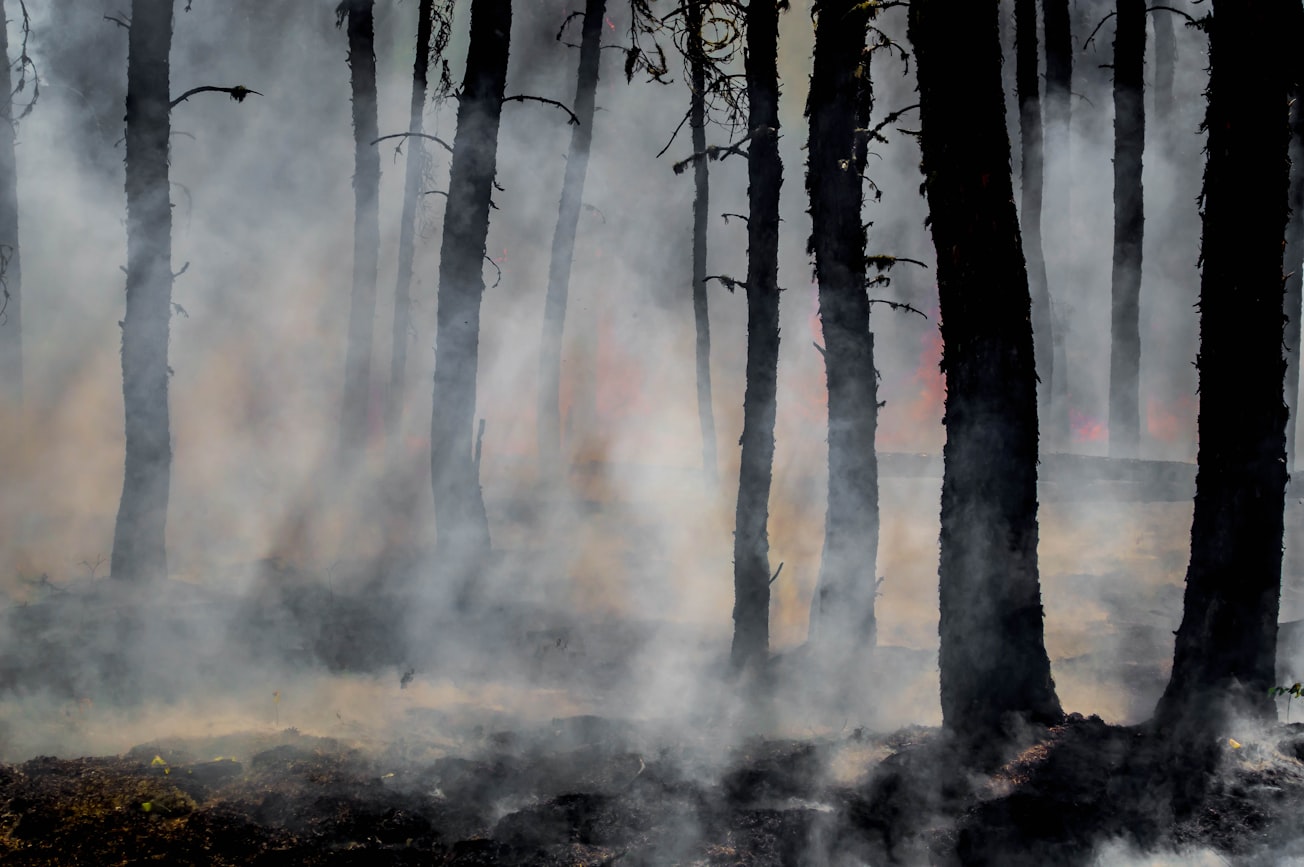What is it about?
This study is the result of collaborations between scientists and Native American communities to better understand how Indigenous people managed forest fires successfully for several centuries before the establishment of Spanish colonies.
Featured Image

Photo by Joanne Francis on Unsplash
Why is it important?
As residential development continues into flammable landscapes, wildfires increasingly threaten homes, lives, and livelihoods in the so-called “wildland–urban interface,” or WUI. Although this problem seems distinctly modern, Native American communities have lived in WUI contexts for centuries. When carefully considered, the past offers valuable lessons for coexisting with wildfire, climate change, and related challenges. Here we show that ancestors of Native Americans from Jemez Pueblo used ecologically savvy intensive burning and wood collection to make their ancient WUI resistant to climate variability and extreme fire behavior. Learning from the past offers modern WUI communities more options for addressing contemporary fire challenges. Public/private–tribal partnerships for wood and fire management can offer paths forward to restore fire-resilient WUI communities.
Perspectives
We can learn a lot from the long, multi-generational experiences of Indigenous people in fire-prone lands. This is a topic where archaeology, history, paleoecology, and traditional ecological knowledge can all work together present us with options to better live with fire today.
Christopher Roos
Southern Methodist University
Read the Original
This page is a summary of: Native American fire management at an ancient wildland–urban interface in the Southwest United States, Proceedings of the National Academy of Sciences, January 2021, Proceedings of the National Academy of Sciences,
DOI: 10.1073/pnas.2018733118.
You can read the full text:
Contributors
The following have contributed to this page







